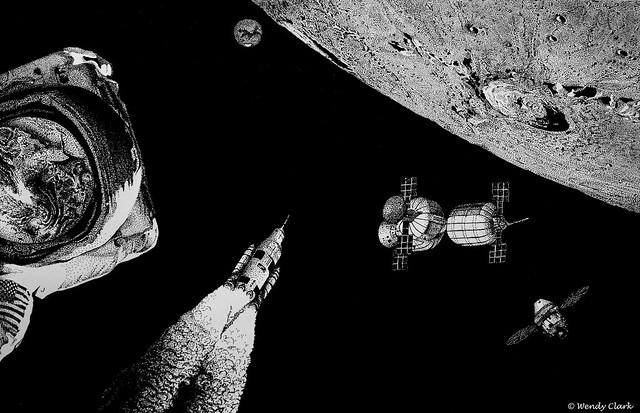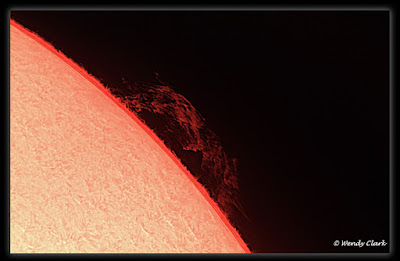Ugh..not another blog of Christmas woe I hear you mutter.
Tough, I need to get this all off my chest before the
Christmas pudding explodes in a fiery finale.
It doesn’t help that I have 3 birthdays between 11th
and 18th December, one of which is my own. Additionally it’s the most wonderful (for
that read manic) time of the business year for me, with 3 VAT quarter ends to deal
with, one year end and enough PAT testing paperwork to re-sink the Titanic.
Officially the misgivings started when the tree was picked
up 16th December and further as I sat surrounded the next day by
baubles, pine needles and tatty tinsel. A
sudden flash thought occurred as my left L4-5 lumbosacral joint began to whine
about all the extra strain:
“Bah, 2 weeks and I’ll
be pulling this glitter off and dragging the mini-forest outside for
firewood”.
It’s the time of year ladies when you’re other half throws
all 360 day abandon of the year out the window and is reminiscent of a toddler rampaging
through Tesco on a Saturday afternoon with handfuls of “we’ll have this”, “I’d
like that” foot-stamping, plea-bargaining, wretched waste and wanton lust all blended with occasional bouts of Merry on High, Fah la la and Ding Dong.
Normally I have hoards to cater for on Christmas Day, all
family mostly but sometimes a sprinkle of friends otherwise on their own. The lounge becomes an extension of the dining room with a concoction of tables, chairs and dogs, breakfast, lunch and dinner. I don’t mind this one bit, it is fun and
takes all day to eat, un-wrap gifts, play games and clear up before
collapsing into a chair with a bottle of Port.
This year my eldest daughter & fiancé are off to his
family, the youngest is half working, half at the boyfriends family, my parents
are hosting my sister and nieces so we were going to be home alone with the possibility
of the in-laws turning up for lunch. In
fact I was squealing inside with glee at the thought of a quiet Christmas with just hubby,
lying in bed forever playing hunt the toy soldiers.
As it is, there could be 4 of us at the table on the big day, but the fridge wants to know why it's holding enough for 40. I have yet to tell it that by New Years Day we may just have gone through that many.
I want to get to Christmas Eve and be baking miniature madeleines
in the morning, painting my nails by lunchtime and dancing a waltz with the one
I love by candlelight at 11pm whilst the turkey cooks itself.
No chance.
Due to the fact some family members have already started the
wind down and are at a loose end (so they believe you are too) I found myself at
10pm last night wrapping everything I had hoped to have under the tree a week
ago, hunting for hidden gifts until I acknowledged they actually hadn't turned
up yet, discovering broken ones and realising I had to make an early morning
dash to exchange that before work and finally sitting down at 11pm before
someone announces “I’m off to bed, don’t be too long…” ….eh???
I end up dreaming of running naked with my phone clamped
around my head through British Homes Stores at 8.30am with armfuls of 5p bags
covering modesty.
As for venturing onto the roads, I could have dedicated a whole TV show with some of the parking shenanigans witnessed in the last week. Anyone who was caught up in the 6 hrs it took to exit Bluewater on Monday, 21 December - you had my deepest sympathy.
As for venturing onto the roads, I could have dedicated a whole TV show with some of the parking shenanigans witnessed in the last week. Anyone who was caught up in the 6 hrs it took to exit Bluewater on Monday, 21 December - you had my deepest sympathy.
This baby supposedly born 2015 years ago in a stable has a
lot to answer for. As for those 3 wise
men, do me a favour – it was their idea on the gift thing. How did we get in this hilarious muddle? What
did everyone do before this madness? Well if
you really want to know pull up a chair and the tipple of choice to watch this 45 minute documentary, it's eye-opening and covers the whole thing (but come back here for my jig at the end):















